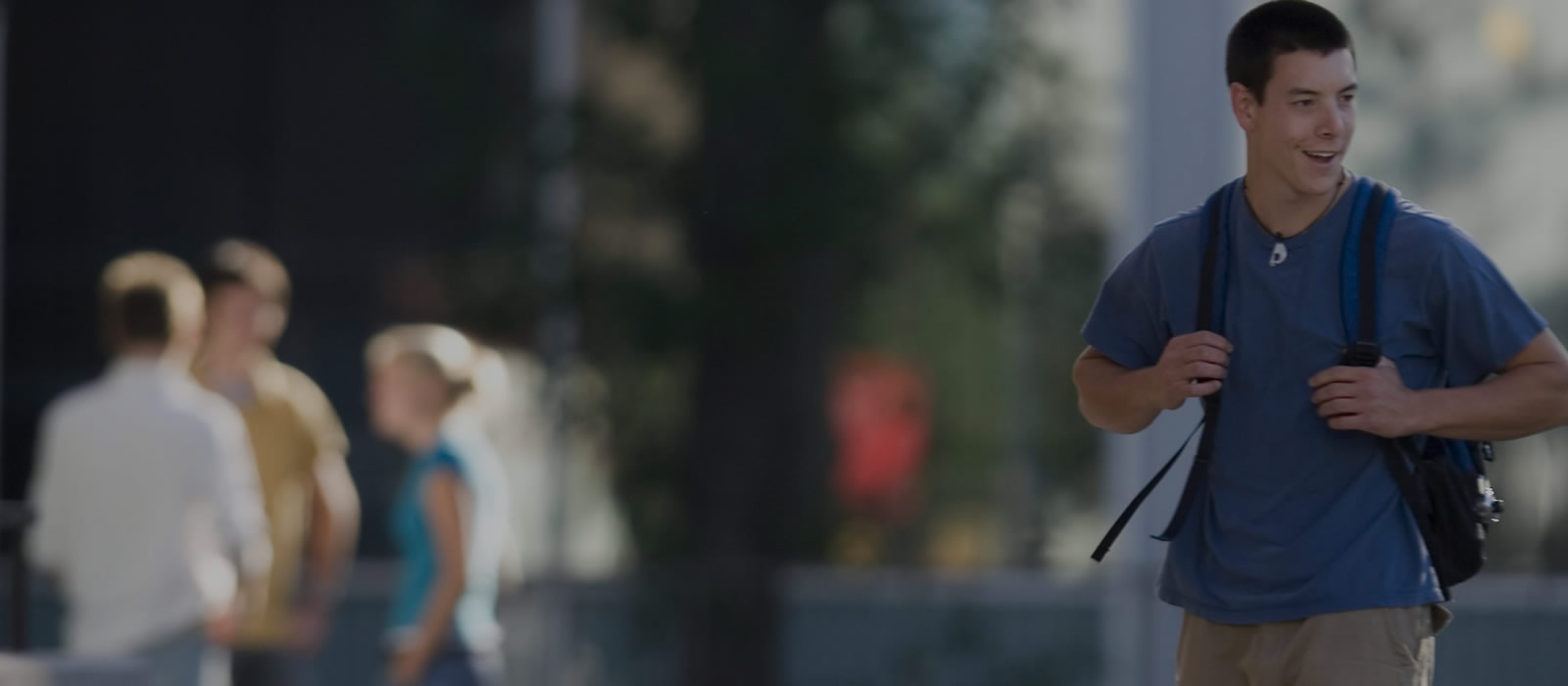Autism itself is a currently contested concept. Three major models of autism exist:
- Biomedical models which define autism as a neurodevelopmental disorder with persistent deficits in social communication, and restricted, repetitive behaviours (American Psychiatric Association, 2013).
- The social model which emphasizes that autism is a social construct, not inherently related to a pathological impairment (Acevedo, 2018; Barnes & Mercer, 2010). Rather, it results from “the social, environmental, structural, spatial, and attitudinal barriers that hinder ‘impaired’ peoples’ full participation in wider society” (Acevedo, 2018, p. 200).
- The cultural model which advances the social model to include an understanding of autistic people as comprising a distinct cultural group with agency in all that concerns their community (Acevedo, 2018; Milton, 2020).
In our work, we endorse both the social and cultural models of autism, worldviews which are aligned with the neurodiversity paradigm, which views autistic people as part of human diversity with both strengths and weaknesses as are found in everyone (Milton, 2020; Williams, 1996). For more information on the neurodiversity paradigm shift in autism science, look at Elizabeth Pellicano and Jac Den Houting.
Autistic University Students
As increasing numbers of autistic students enroll in universities worldwide, researchers have investigated autistic students’ experiences and the kinds of supports which they need. Our approach has been to adopt the neurodiversity, non-deficit perspective where autistic people and their experiences are viewed as part of the natural diversity of humanity with important capabilities which valuably contribute to knowledge. In Applied Linguistics and Discourse Studies, we are particularly interested in research about language in use in various communicative contexts. Over the past five years, we have studied how autistic university students describe
- their interactions with university instructors through verbal and written communication,
- their experiences with changes in learning formats such as online learning versus in-person learning during the COVID-19 pandemic, and
- their experiences of learning in general and learning to write academically in particular.
In this work, we have drawn on two main theoretical frameworks:
- Rhetorical concepts (Artemeva, 2004) such as recognition of rhetorical situations, understanding social needs, performing uptakes, and timing and space concepts
- The Double Empathy Problem (Milton, 2012)
For more information on our work, please see the following resources. (Some links may be duplicated because they contain overlapping information for our research on student-instructor interactions, writing experiences, and pandemic experiences):
Presentations
- A brief presentation on autistic university students and the Double Empathy Problem created for the Three-minute Thesis competition, April, 2022.
- A presentation on social and academic interactions between autistic university students and their non-autistic lecturers and colleagues using rhetorical concepts.
- A presentation to the Society for Teaching and Learning in Higher Education concerning the lived interactional experiences of autistic students in higher education.
- Interventions, Supports, and Autistic People’s Experiences. Guest Presentation at Carleton University, Ottawa, Canada. Jacquie Ballantine, Jess Rocheleau. (2022).
- Participatory Action Research. Guest Presentation, Carleton University, Ottawa, Canada. Jacquie Ballantine, Jess Rocheleau. (2022).
Links to autism research journals
- Autism
- Autism Research
- Autism in Adulthood
- Journal of Autism and Developmental Disorders
- Focus on Autism and Other Developmental Disabilities
